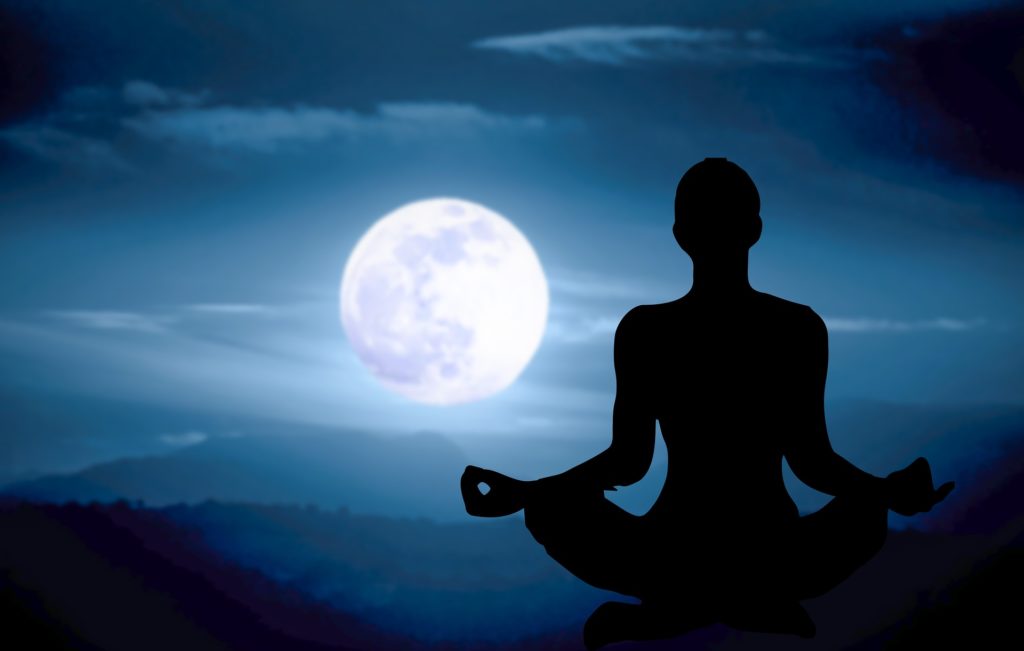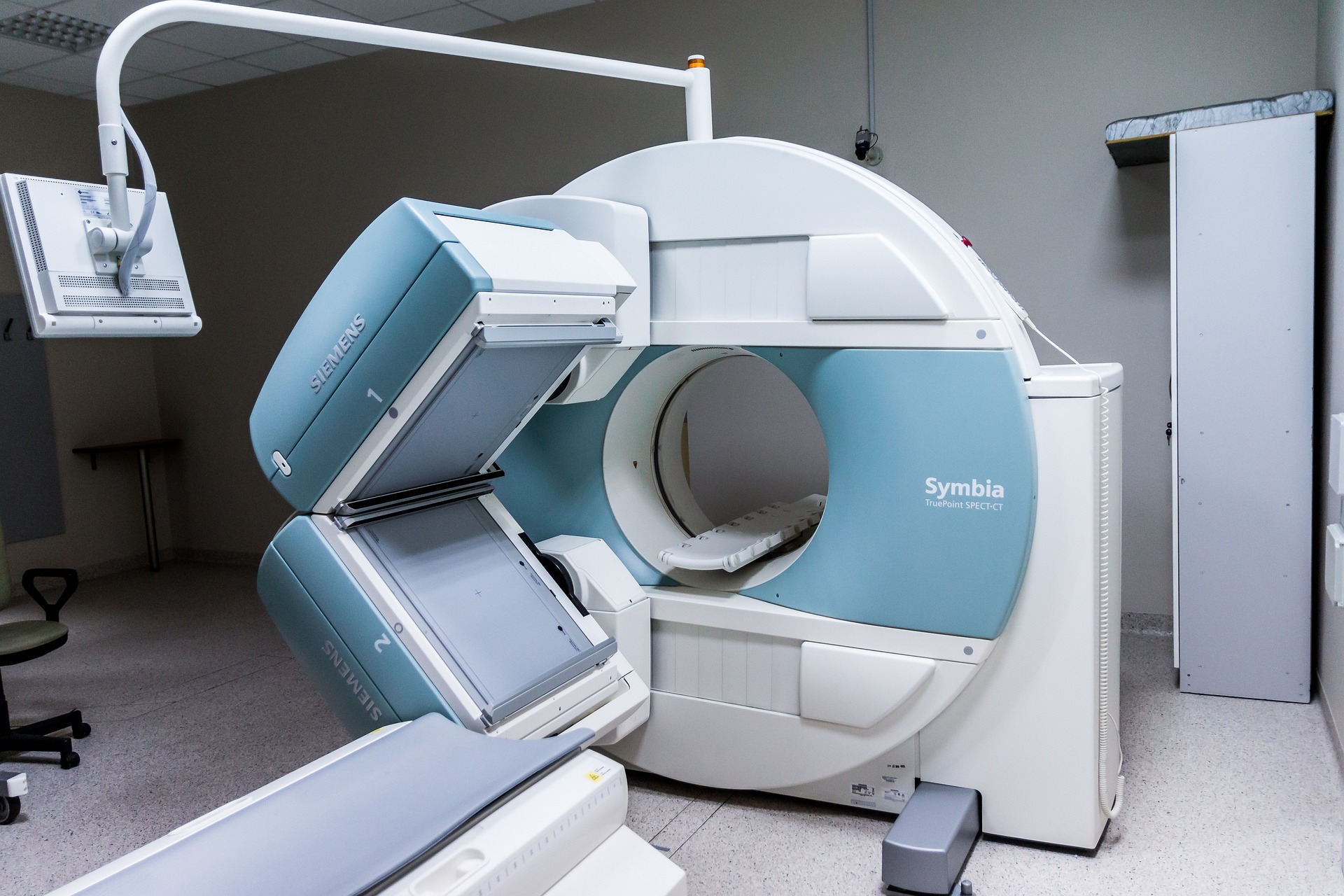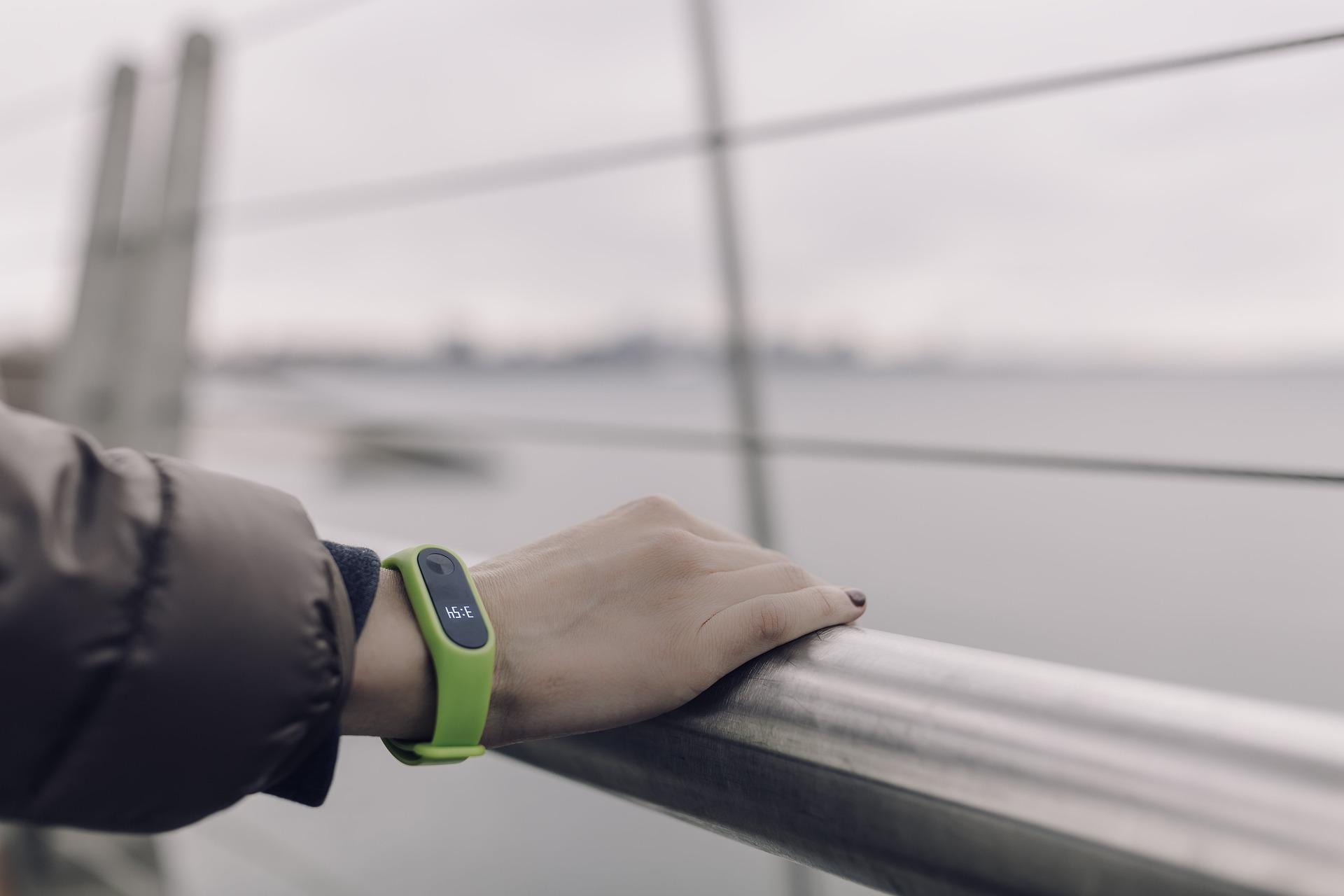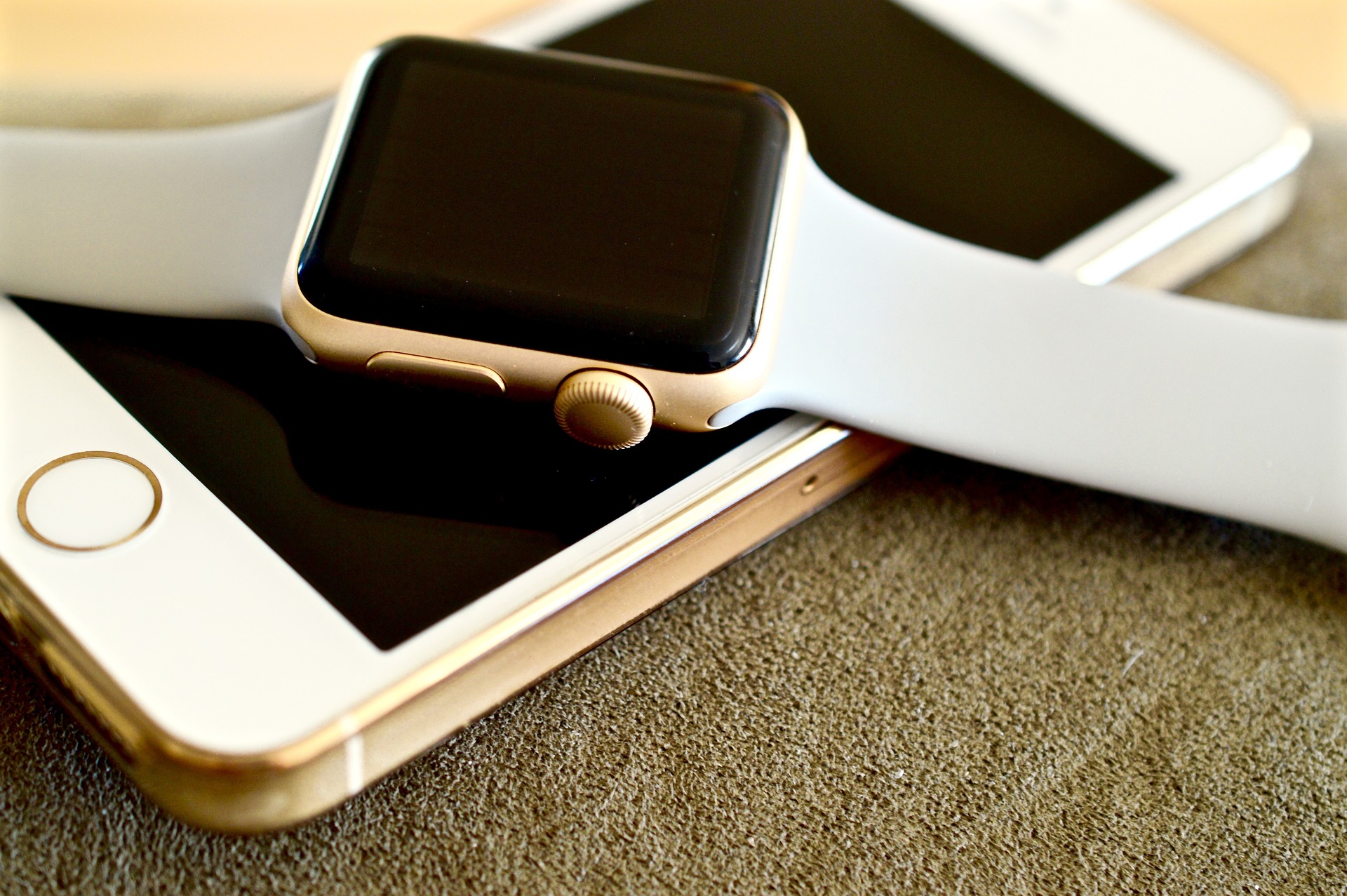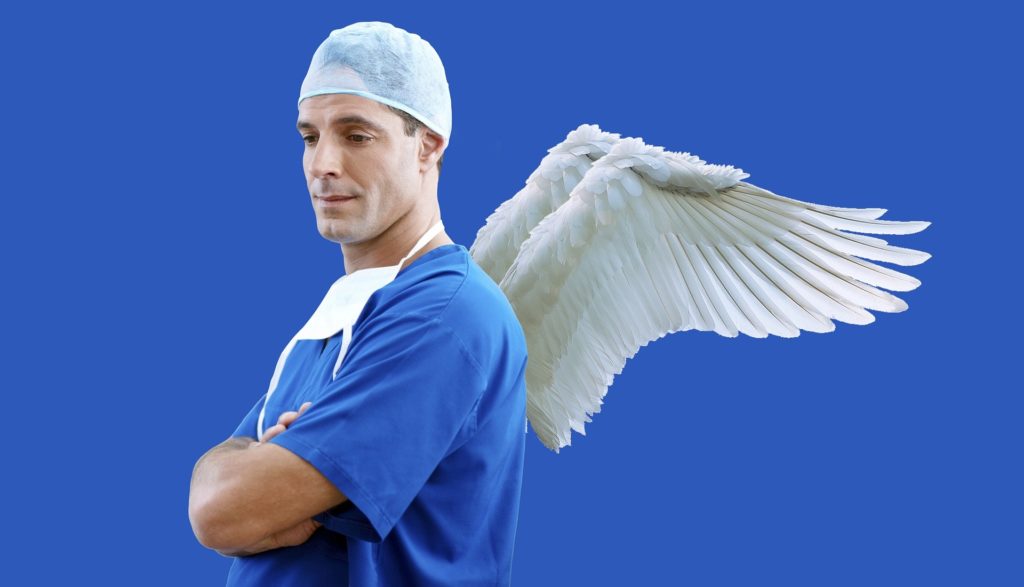Eating healthy isn’t always easy. But there are many apps available with tools and resources to make achieving your nutrition goals easier than ever.
Here are the 10 best nutrition apps worth downloading.
Between their impressive reviews, quality content, and reliability, these apps are designed to make eating healthier as simple as tapping a few buttons.
How we chose the best nutrition apps:
➡️Quality of information: We looked for apps that offer reliable and helpful nutrition information, ideally from an expert source, such as a registered dietitian.
➡️User interface: We looked for apps that are easy to use and intuitive to navigate.
➡️Nutritional needs: We included apps to suit a variety of nutritional needs, from meal planning and food tracking to pregnancy and weight loss.
➡️Customer reviews: We asked friends, family members, and colleagues for their recommendations, as well as read through countless user reviews to find highly rated apps.
➡️Vetting: All the apps included have been vetted to ensure that they meet Healthline’s medical and business standards. Read more about our vetting process.
➡️Best overall nutrition app: MyPlate Calorie Counter
When selecting a nutrition app to download, it’s important to consider your goals and which features are most important to you.
A quick look at the best nutrition apps for download found out by healthline …
https://www.healthline.com/nutrition/top-iphone-android-apps#how-to-choose

If you would like to see more interesting posts, visit our knowledge database: https://thaumatec.com/knowledge/


